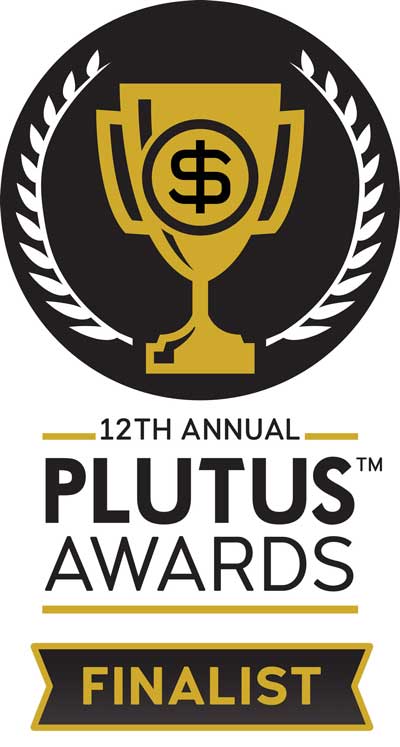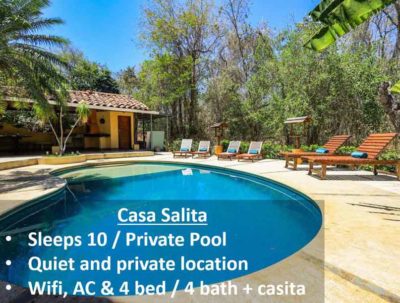The other day I received a press release highlighting what Elon Musk could have bought instead of Twitter. One of my favorite perks in writing for Forbes.com is that I get story pitches from business owners, PR firms, authors and others looking for coverage. Much of what I see isn’t relevant to my beat or newsworthy, but sometimes I get an interesting survey or an advance copy of a book that is worth covering (I highly recommend The Risk Paradox!).
While it is eye-popping to consider what Musk could have purchased instead of Twitter, it is an important reminder that when an investment is being considered, you should understand what other investment opportunities are being passing up, and that there are other considerations besides the money being invested.
You can buy a lot with $29 Bn
The Musk pitch doesn’t fit my Forbes Careers beat but it’s a master class in opportunity cost. Musk purchased Twitter for $44 Bn and has since lost an estimated $29 Bn. The $44 Bn could have bought the most expensive NFL teams – with money left over! With just (just!) the $29 Bn in additional losses, Musk could have bought:
- Panasonic ($28.91bn), Tata Motors ($28.16bn), H&M ($27.31bn), or eBay ($26.17bn);
- 4.4% of shares in Meta, becoming the 5th biggest stockholder;
- the seven most valuable hotels in the world for $25bn, and still had $4bn leftover;
- the 11 most valuable buildings in Vegas for $28.11bn
- the top five soccer teams in the world — Real Madrid, Manchester United, Liverpool, Barcelona and Manchester City, combined are valued at $27.45bn according to Forbes.
Given how wealthy Elon Musk is, he has so much opportunity. It’s unclear whether or not he even thinks about opportunity cost in deciding where to spend his money. However, the everyday person certainly has limited funds and therefore should be well aware of the tradeoffs inherent in every investment they make.
Treasuries and CDs make the opportunity of making other investments even more expensive

If you can make over 5% with US government-basked Treasuries or even CDs, 5+% is the opportunity cost of not investing in Treasuries or CDs. Given the additional risk of other investments that are not backed by the US government (like Treasuries are) or FDIC insurance (like bank CDs under $250k are), you should demand a much higher return from other investments to take on that additional risk.
We live in Jacksonville, FL where current rental properties are showing cap rates in the 5-6% range. Your cash flow is no better than what you get from current Treasuries or CDs! Sure, you get tax write-offs and may get property appreciation (emphasis on “may” since appreciation is not guaranteed). However, the projected cash value of these benefits may not be enough to compensate for the additional risk. Real estate is also more illiquid than a Treasury security or CD, which increases the risk even further.
Opportunity cost is also measured in time and energy, not just money
Rental real estate is also not hands-off, like buying Treasuries or CDs and holding till maturity. Even with property managers, you spend time and energy to manage the managers. Turn-key real estate is named as such because the pitch is that you just buy the property turn-key and the profits flow in passively. Turn-key is not turn-key – i.e., it is not 100% passive. You have to pick your target geography, identify and vet the turn-key provider and keep vetting the property management provider for as long as you hold the property.
Paper assets, in lieu of real estate, still require time and energy. You need to pick your stocks, funds or whatever securities you want to invest in. You have to decide on your allocation and rebalancing schedule. Most importantly, you have to drown out all the noise from Jim Cramer and other pundits claiming to know the next hot thing.
Whether you or Elon Musk get buyer’s remorse, remembering opportunity cost can help with future investing
I don’t know whether Elon Musk wishes he bought sports teams, hotels or other brand-name businesses instead of Twitter. We bought all of our real estate before Treasury and CD rates spiked, so these options weren’t a consideration, and the risk/reward trade-off was simpler to calculate. Going forward, I look at all potential real estate (and other investment) deals in light of Treasuries and CDs at 5+% rates, and no deals have measured up.
It’s very helpful to think about what else you could do with your money (and time and energy). As we rebalance our portfolio, we continually ask whether we can simplify even further. We are holding tight at 10 rental units, but we may have a real estate transaction to announce in the next couple of months. Stay tuned!


 We are Scott and Caroline, 50-somethings who spent the first 20+ years of our adult lives in New York City, working traditional careers and raising 2 kids. We left full-time work in our mid-40’s for location-independent, part-time consulting projects and real estate investing, in order to create a more flexible and travel-centric lifestyle.
We are Scott and Caroline, 50-somethings who spent the first 20+ years of our adult lives in New York City, working traditional careers and raising 2 kids. We left full-time work in our mid-40’s for location-independent, part-time consulting projects and real estate investing, in order to create a more flexible and travel-centric lifestyle.  Financial independence and early retirement is not something we originally focused on, but over time realized it was possible. Our free report,
Financial independence and early retirement is not something we originally focused on, but over time realized it was possible. Our free report, 







